In 1993 Porsche contested the first BPR International Endurance Series with the 911 GT Turbo, a relatively conventional car compared with the preceding 959/962 Group C sports prototypes, but one that conformed to the new regulations that required production-based GTs. When McLaren drive a coach and horses through the regulations with their BMW V12-engined F1 GTR, Porsche were forced to re-think their strategy, coming up with a thinly disguised 962 race-car for 1994. Although this served them well with victory at Le Mans that year, for the longer term a different approach would be needed. Enter the 911 GT1. Keeping to the spirit of the regulations, Porsche used the existing 911 (Type 993) road car bodyshell as the basis for the GT1, stiffened by a substantial roll-cage that also supported the engine, gearbox and suspension. In keeping with 911 tradition, the engine was, of course, a horizontally opposed 'boxer' six, but mounted ahead of the rear axle line, not behind it as in the road car. Displacing 3.2 litres, it featured water-cooling, four valves per cylinder and forced induction courtesy of a pair of inter-cooled KKK turbochargers. Maximum power of 600bhp was developed at 7,200rpm and transmitted via a six-speed gearbox equipped with its own oil cooler. A strong visual association between the 911 road car and GT1 was deemed necessary. Several subtle styling cues reinforced the link with the roadgoing 911, but otherwise the GT1 looked every inch the purpose-built racer, from its huge, 'shark's mouth' front air intake to the high, full-width wing at the rear. Beneath its predominantly carbon-fibre skin the GT1 incorporated a number of advanced technical developments, including carbon brake discs and anti-lock braking, while power-assisted steering helped minimise driver fatigue and built-in air jacks facilitated speedy wheel changes. Its development masterminded by Porsche's GT programme head Norbert Singer, the GT1 first emerged in 1996 in time for the traditional pre-Le Mans test weekend in April and successfully completed a full 24-hours race distance prior to the main event in June. Hans Stuck's GT1 was the fastest car on test, but there would be no fairytale debut victory for the GT1, the spoils going instead to a privately entered Joest Porsche WSC-95 on loan from the factory. So Porsche won Le Mans in 1996, but not in the manner intended. Delayed by repairs to damaged bodywork, the factory GT1s finished second and third, winning the GT class. Changes to the 1997 'Evo' GT1 were confined mainly to improving aerodynamics as the race car gradually metamorphosed further away from its production-based origins, though the new kidney-shaped headlights echoed the similar units on the recently introduced Type 996 version of the perennial 911. Mechanically little had changed apart from the deletion of ABS. Regulation changes saw Porsche forced to use smaller turbo intake restrictors on the 911 GT1 for 1997, costing them around 50bhp and rendering the car un-competitive against McLaren's improved FI and Mercedes-Benz's new CLK until the change was reversed part way through the season. The absence of Mercedes-Benz from the Le Mans entry list seemed to bode well for Porsche and the GT1, but once again cruel fate stepped in to deny them victory. The main opposition came from the 1996-winning Joest WSC-95 which, although out-paced, lasted the distance whereas the factory cars did not. Still chasing that elusive next Le Mans win, the Porsche factory produced a new GT1 for the following season. For 1998, the car was completely re-designed with a carbonfibre body tub, the first Porsche to use this method of construction. While the engine remained substantially unchanged, the gearbox was redesigned incorporating an F1-style sequential shift pattern, and ABS braking re-instated. Despite facing increased competition from faster entries fielded by Mercedes-Benz and Toyota, the Stuttgart firm triumphed in its 50th anniversary year, victory g
In 1993 Porsche contested the first BPR International Endurance Series with the 911 GT Turbo, a relatively conventional car compared with the preceding 959/962 Group C sports prototypes, but one that conformed to the new regulations that required production-based GTs. When McLaren drive a coach and horses through the regulations with their BMW V12-engined F1 GTR, Porsche were forced to re-think their strategy, coming up with a thinly disguised 962 race-car for 1994. Although this served them well with victory at Le Mans that year, for the longer term a different approach would be needed. Enter the 911 GT1. Keeping to the spirit of the regulations, Porsche used the existing 911 (Type 993) road car bodyshell as the basis for the GT1, stiffened by a substantial roll-cage that also supported the engine, gearbox and suspension. In keeping with 911 tradition, the engine was, of course, a horizontally opposed 'boxer' six, but mounted ahead of the rear axle line, not behind it as in the road car. Displacing 3.2 litres, it featured water-cooling, four valves per cylinder and forced induction courtesy of a pair of inter-cooled KKK turbochargers. Maximum power of 600bhp was developed at 7,200rpm and transmitted via a six-speed gearbox equipped with its own oil cooler. A strong visual association between the 911 road car and GT1 was deemed necessary. Several subtle styling cues reinforced the link with the roadgoing 911, but otherwise the GT1 looked every inch the purpose-built racer, from its huge, 'shark's mouth' front air intake to the high, full-width wing at the rear. Beneath its predominantly carbon-fibre skin the GT1 incorporated a number of advanced technical developments, including carbon brake discs and anti-lock braking, while power-assisted steering helped minimise driver fatigue and built-in air jacks facilitated speedy wheel changes. Its development masterminded by Porsche's GT programme head Norbert Singer, the GT1 first emerged in 1996 in time for the traditional pre-Le Mans test weekend in April and successfully completed a full 24-hours race distance prior to the main event in June. Hans Stuck's GT1 was the fastest car on test, but there would be no fairytale debut victory for the GT1, the spoils going instead to a privately entered Joest Porsche WSC-95 on loan from the factory. So Porsche won Le Mans in 1996, but not in the manner intended. Delayed by repairs to damaged bodywork, the factory GT1s finished second and third, winning the GT class. Changes to the 1997 'Evo' GT1 were confined mainly to improving aerodynamics as the race car gradually metamorphosed further away from its production-based origins, though the new kidney-shaped headlights echoed the similar units on the recently introduced Type 996 version of the perennial 911. Mechanically little had changed apart from the deletion of ABS. Regulation changes saw Porsche forced to use smaller turbo intake restrictors on the 911 GT1 for 1997, costing them around 50bhp and rendering the car un-competitive against McLaren's improved FI and Mercedes-Benz's new CLK until the change was reversed part way through the season. The absence of Mercedes-Benz from the Le Mans entry list seemed to bode well for Porsche and the GT1, but once again cruel fate stepped in to deny them victory. The main opposition came from the 1996-winning Joest WSC-95 which, although out-paced, lasted the distance whereas the factory cars did not. Still chasing that elusive next Le Mans win, the Porsche factory produced a new GT1 for the following season. For 1998, the car was completely re-designed with a carbonfibre body tub, the first Porsche to use this method of construction. While the engine remained substantially unchanged, the gearbox was redesigned incorporating an F1-style sequential shift pattern, and ABS braking re-instated. Despite facing increased competition from faster entries fielded by Mercedes-Benz and Toyota, the Stuttgart firm triumphed in its 50th anniversary year, victory g



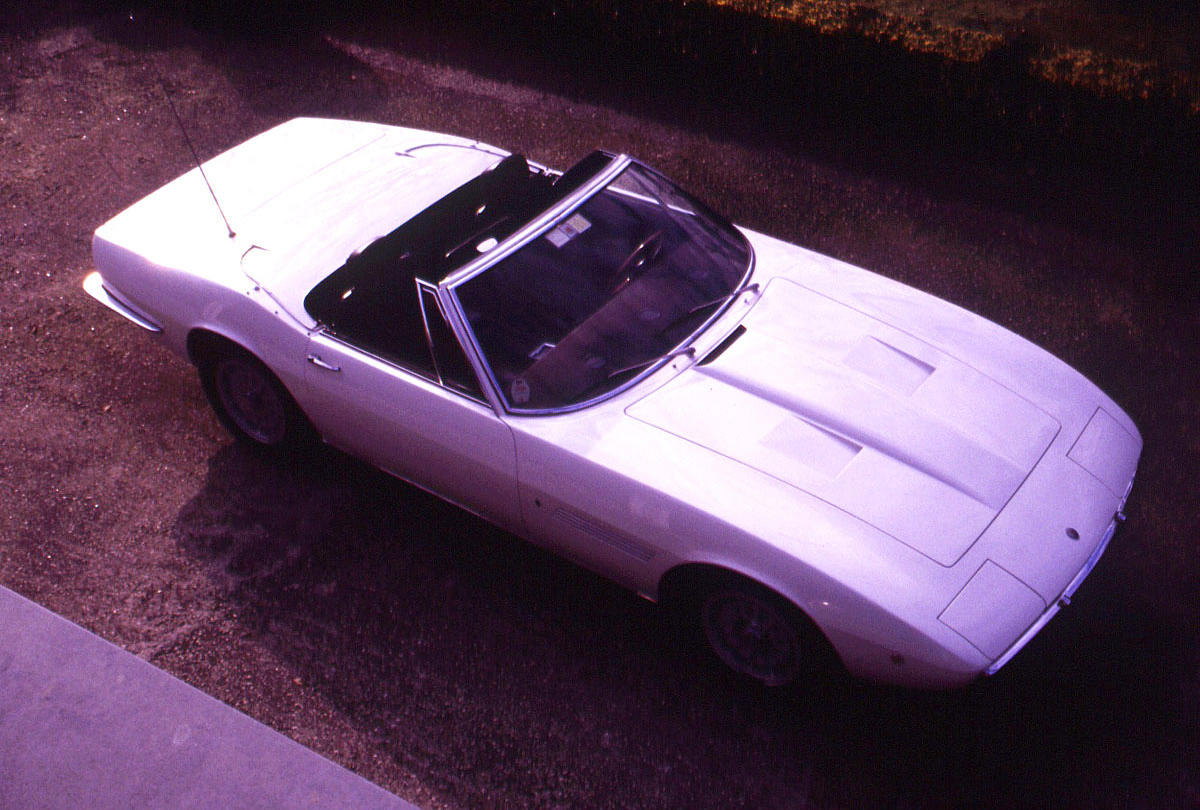

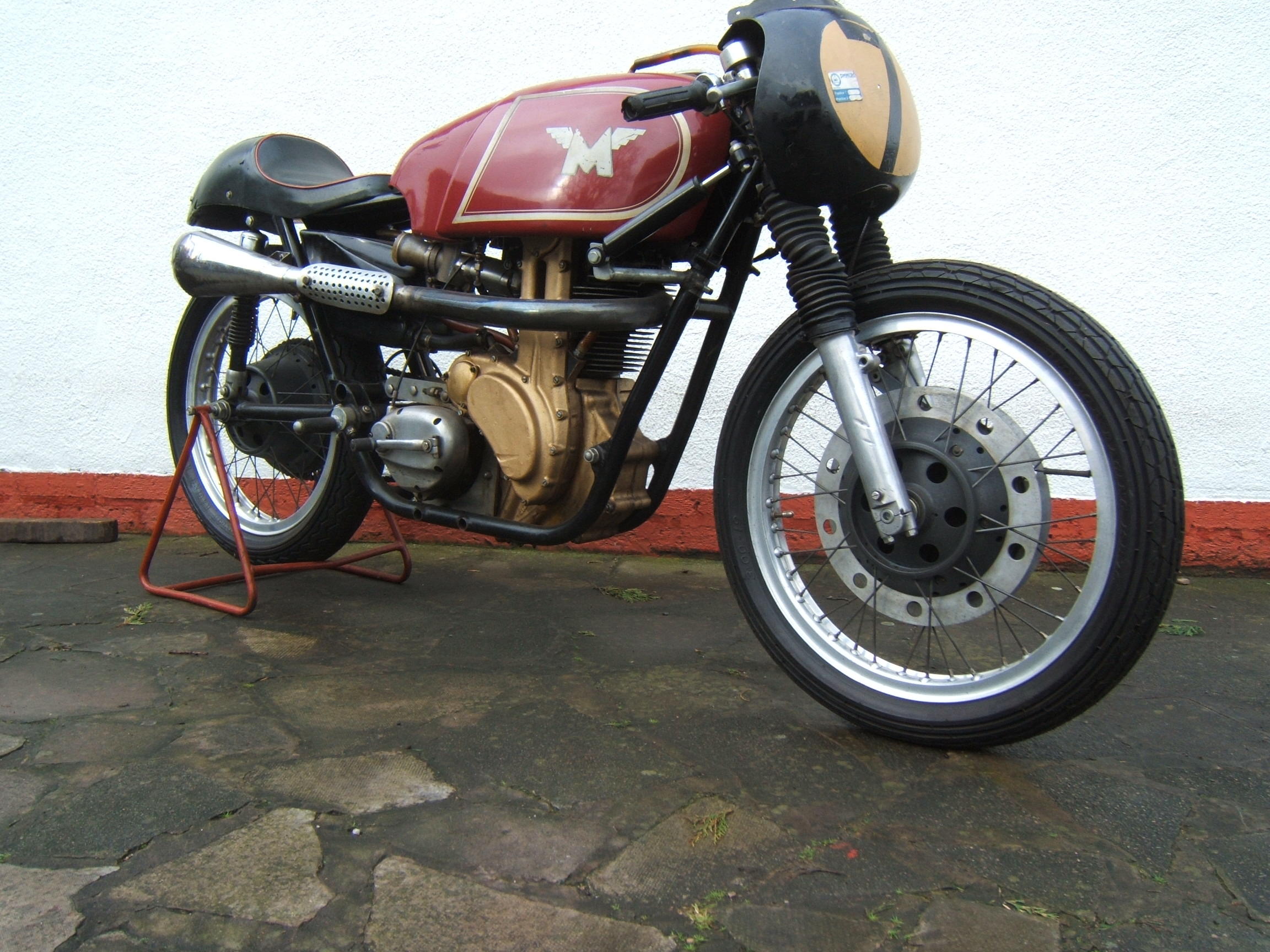
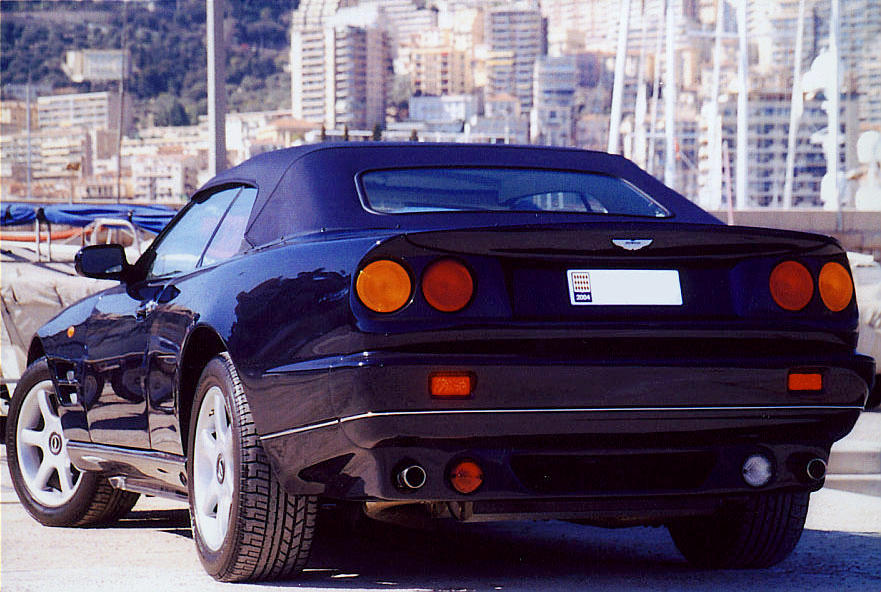
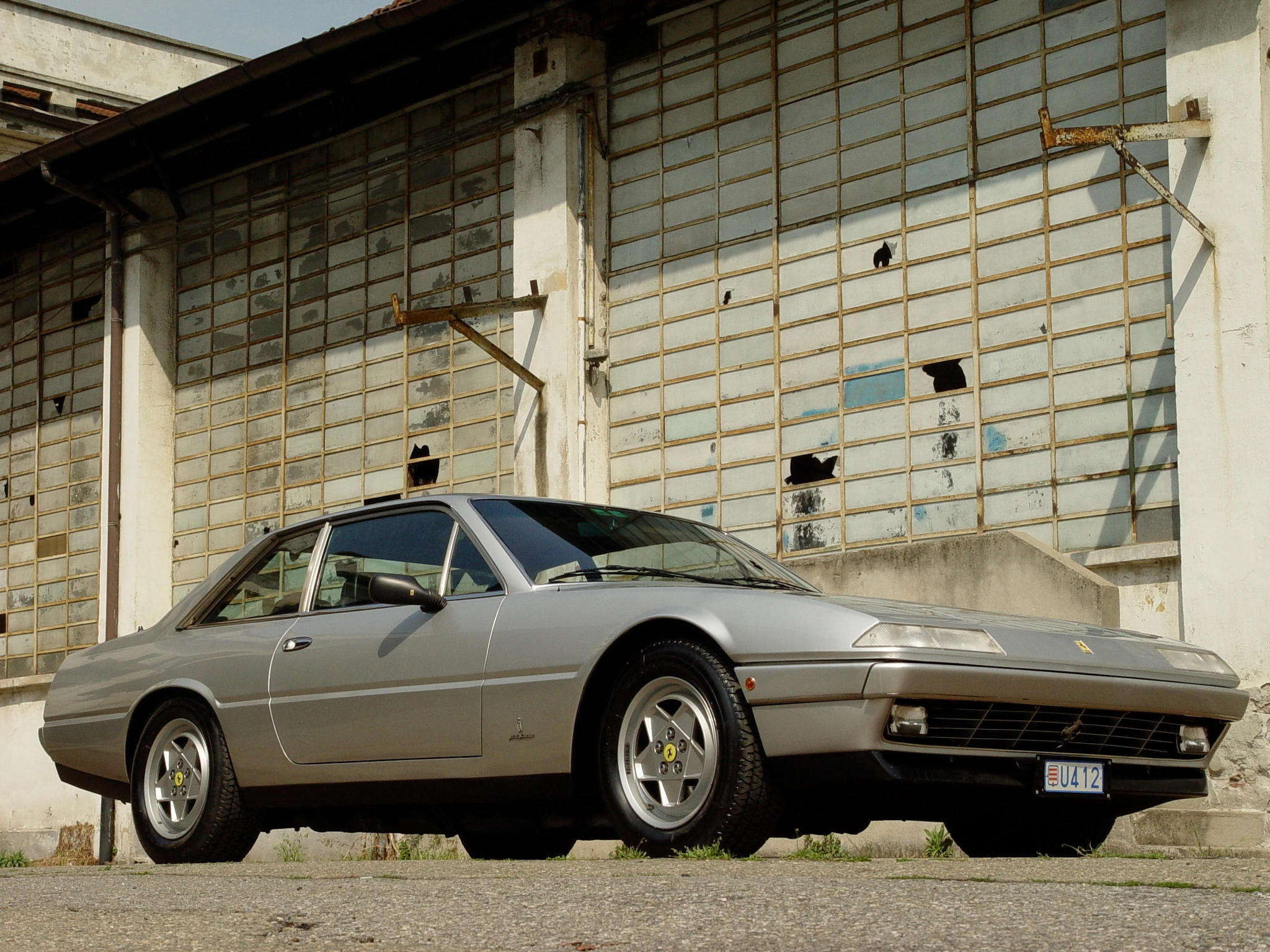

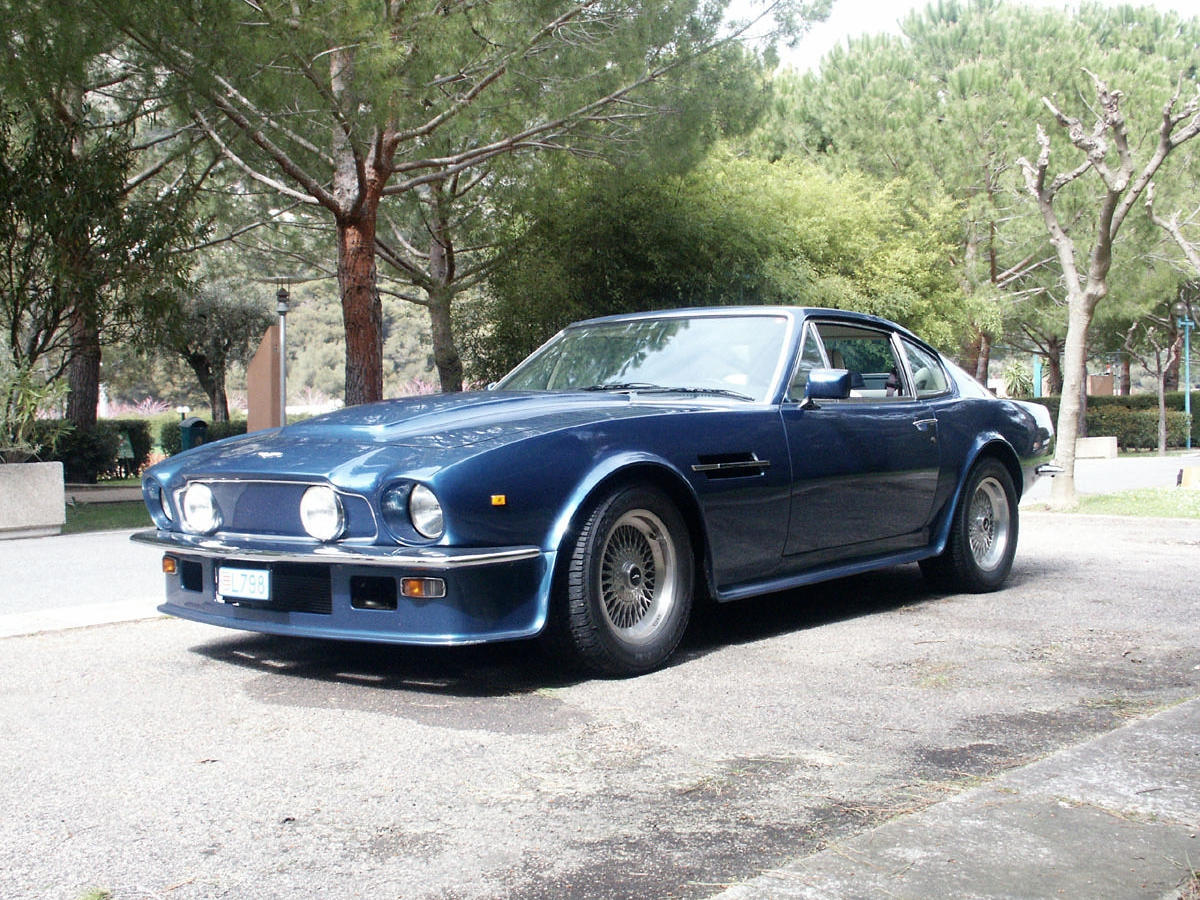





Testen Sie LotSearch und seine Premium-Features 7 Tage - ohne Kosten!
Lassen Sie sich automatisch über neue Objekte in kommenden Auktionen benachrichtigen.
Suchauftrag anlegen